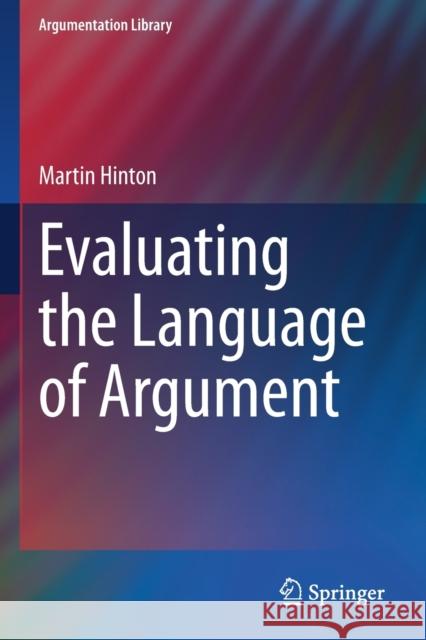Evaluating the Language of Argument » książka
topmenu
Evaluating the Language of Argument
ISBN-13: 9783030616960 / Angielski / Miękka / 2021 / 252 str.
Evaluating the Language of Argument
ISBN-13: 9783030616960 / Angielski / Miękka / 2021 / 252 str.
cena 362,27
(netto: 345,02 VAT: 5%)
Najniższa cena z 30 dni: 346,96
(netto: 345,02 VAT: 5%)
Najniższa cena z 30 dni: 346,96
Termin realizacji zamówienia:
ok. 22 dni roboczych
Dostawa w 2026 r.
ok. 22 dni roboczych
Dostawa w 2026 r.
Darmowa dostawa!
Kategorie BISAC:
Wydawca:
Springer
Język:
Angielski
ISBN-13:
9783030616960
Rok wydania:
2021
Ilość stron:
252
Waga:
0.36 kg
Wymiary:
23.39 x 15.6 x 1.35
Oprawa:
Miękka
Wolumenów:
01
Dodatkowe informacje:
Wydanie ilustrowane











